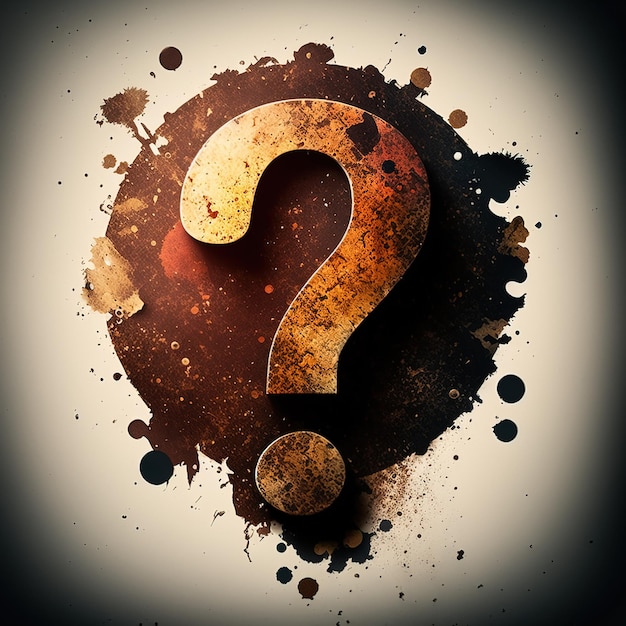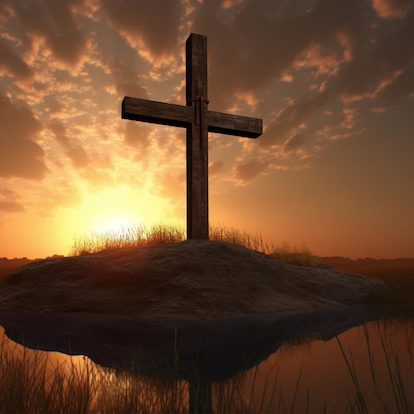- Thread starter
- #421
Welcome to 392!
While visiting France, Western Emperor Valentinian II is found hanged in his room. The mystery has never been solved, but Eugenius, a former school teacher, is made Emperor.
Moving quickly, Eugenius removes all of Theodosius I's appointees to high offices, replacing them with men loyal to himself. A nominal Christian, he permits restoration of pagan temples and rites, alienating Ambrose, the powerful bishop of Milan. Eastern Emperor Theodosius I receives Eugenius's ambassadors, but quietly begins assembling an army, Theodosius also proclaims his eight-year-old son as "Augustus."
Meanwhile, Eugenius works at pacifying the Germans. Strongly allied with the Franks, he makes peaceful alliances with different German tribes.
While visiting France, Western Emperor Valentinian II is found hanged in his room. The mystery has never been solved, but Eugenius, a former school teacher, is made Emperor.
Moving quickly, Eugenius removes all of Theodosius I's appointees to high offices, replacing them with men loyal to himself. A nominal Christian, he permits restoration of pagan temples and rites, alienating Ambrose, the powerful bishop of Milan. Eastern Emperor Theodosius I receives Eugenius's ambassadors, but quietly begins assembling an army, Theodosius also proclaims his eight-year-old son as "Augustus."
Meanwhile, Eugenius works at pacifying the Germans. Strongly allied with the Franks, he makes peaceful alliances with different German tribes.








